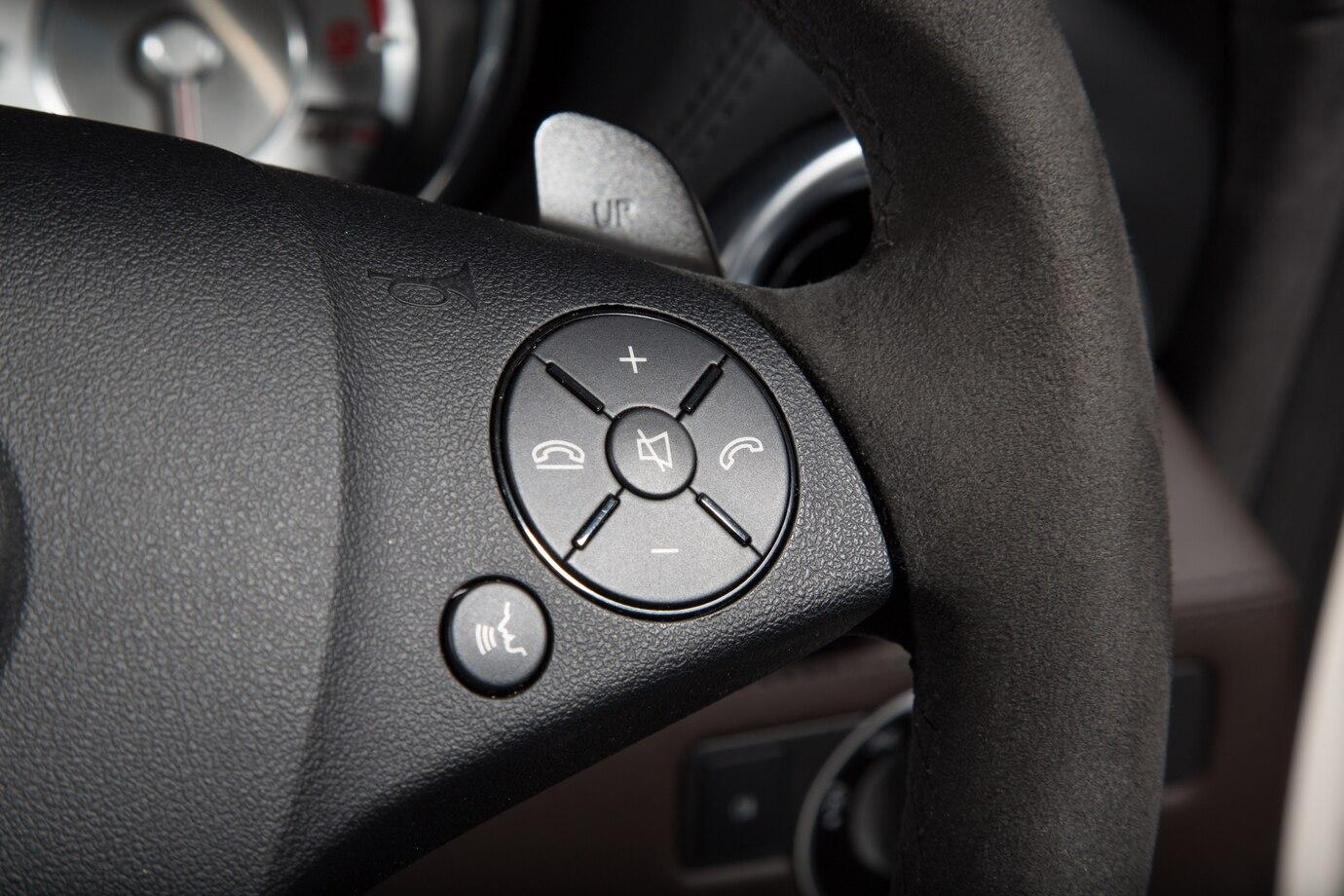The Automotive Electric Power Steering market is a rapidly growing segment within the automotive industry, driven by the increasing demand for fuel-efficient, environmentally friendly, and advanced driver-assistance systems (ADAS). Electric power steering systems are increasingly replacing traditional hydraulic systems in vehicles due to their numerous advantages, such as reduced weight, better fuel efficiency, enhanced driving experience, and the integration of innovative technologies.
Market Growth and Drivers
The global Automotive Electric Power Steering (EPS) market has experienced significant growth over the last decade, and this trend is expected to continue in the coming years. The primary factors contributing to this growth include:
-
Fuel Efficiency and Environmental Concerns: Traditional hydraulic power steering systems are heavier and less efficient compared to electric ones. Electric power steering systems use less energy, contributing to reduced fuel consumption, which aligns with the growing demand for fuel-efficient and eco-friendly vehicles. As governments worldwide impose stricter emissions standards, automakers are increasingly adopting electric power steering to comply with these regulations.
-
Technological Advancements in EPS: Electric power steering systems are evolving rapidly, with innovations like steer-by-wire technology, which eliminates the need for a mechanical link between the steering wheel and the wheels. This technology enables more precise and responsive steering, allowing for better handling and improved driving comfort. Additionally, EPS systems can integrate seamlessly with ADAS features such as lane-keeping assist, automatic parking, and adaptive cruise control, further enhancing the driving experience.
-
Consumer Demand for Enhanced Safety Features: As consumer preference shifts toward vehicles with advanced safety and convenience features, EPS systems are becoming an essential component in meeting these demands. EPS enables automated and semi-automated steering functions, enhancing vehicle safety by reducing the risk of accidents caused by human error. Furthermore, EPS systems offer better handling and maneuverability, which is critical in preventing accidents, especially in challenging driving conditions.
-
Rising Adoption of Electric and Hybrid Vehicles: The increasing adoption of electric and hybrid vehicles is another key driver for the growth of the EPS market. Electric vehicles (EVs) require lightweight components to improve range and efficiency, and EPS provides the ideal solution. Additionally, electric vehicles benefit from the integration of EPS systems in their overall energy management strategies, as they reduce the load on the vehicle’s battery compared to hydraulic systems.
-
Cost-Effectiveness and Production Efficiency: Electric power steering systems are more cost-effective in terms of both production and maintenance. The reduction in the number of moving parts compared to hydraulic systems reduces wear and tear, leading to lower maintenance costs over the lifetime of the vehicle. Manufacturers also find it easier and more cost-effective to produce EPS systems at scale, as they require fewer components, reducing production complexity and costs.
Regional Market Analysis
The Automotive Electric Power Steering market is experiencing robust growth across various regions. North America, Europe, and Asia Pacific are the dominant regions driving the market, with Asia Pacific expected to witness the highest growth due to the rising demand for electric vehicles and advancements in manufacturing capabilities.
-
Asia-Pacific: The region holds the largest market share for EPS systems, primarily due to the presence of major automotive manufacturers in countries like China, Japan, and South Korea. Additionally, China’s ambitious electric vehicle goals, along with government incentives and support for EV adoption, have further accelerated the demand for EPS systems in the region.
-
Europe: Europe is also witnessing steady growth in the EPS market, driven by the increasing demand for fuel-efficient and electric vehicles. The European Union's focus on reducing carbon emissions and promoting sustainable transportation solutions has led to a significant push for the adoption of electric power steering systems in vehicles.
-
North America: North America, especially the United States, is experiencing a surge in the adoption of EPS systems as automakers continue to prioritize advanced technology and fuel efficiency. The rising popularity of electric and hybrid vehicles further drives the demand for EPS systems in the region.
Challenges and Barriers
Despite the significant potential of the automotive EPS market, there are certain challenges that could impact its growth:
-
High Initial Cost of Electric Power Steering Systems: Although EPS systems are cost-effective in the long run, the initial cost of implementation can be higher than that of traditional hydraulic systems. This could be a limiting factor for certain vehicle manufacturers, especially for entry-level models.
-
Integration Complexity with Existing Vehicles: Integrating EPS systems into existing vehicle platforms can be technically challenging, particularly for legacy models that were not designed with EPS in mind. Retrofitting EPS systems into older vehicle designs can increase the cost and complexity of production.
-
Consumer Acceptance and Awareness: While EPS systems offer numerous advantages, some consumers may still be unfamiliar with the technology and may have reservations about its reliability and performance. Consumer education and awareness campaigns are essential to address these concerns and drive widespread adoption.
Conclusion
The automotive electric power steering market is positioned for significant growth in the coming years, driven by the demand for fuel-efficient vehicles, advanced driver-assistance systems, and the increasing adoption of electric and hybrid vehicles. Technological advancements, such as steer-by-wire systems, are enhancing the performance and appeal of EPS, while the growing focus on safety, fuel economy, and environmental sustainability continues to propel its adoption. However, challenges such as high initial costs and integration complexities must be overcome for widespread acceptance. As the market continues to evolve, the future of automotive electric power steering looks promising, with increasing innovation and adoption set to shape the next generation of vehicles.







